Between the late 80s and mid-90s, the world of video games lived through a magical period. It was a time when major studios and producers fully explored the potential of 8- and 16-bit consoles, creating unforgettable experiences. In this scenario, one company in particular managed to win over not only children but also gamers of all ages: Disney.
With charismatic characters and timeless stories, Disney was already a powerhouse in film and television. However, it was during the so-called "golden age" of 8- and 16-bit consoles that the company also became synonymous with quality in video games. This period produced classics that, to this day, are fondly remembered by those who’ve played them.
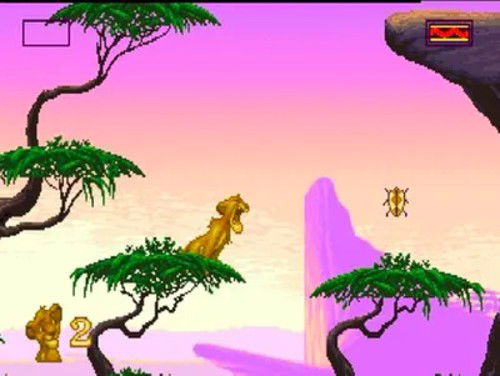
Disney's Entry into the Gaming World
Disney's incursion into the video game world began timidly in the early 80s. Even before fully embracing consoles, the company licensed its characters for simple games on computers such as the Apple II, Commodore 64, and Atari 2600. These early titles were rudimentary, but they already showed potential for something bigger.
The breakthrough came when Disney realized they could combine its storytelling talent with the growing home console market. Instead of creating its own studio, the initial strategy was to license its properties to experienced developers. This decision was crucial: instead of making the common mistakes of those still learning to program for limited hardware, Disney relied on companies that already mastered the art.
Among the most notable partnerships were:
Capcom: responsible for some of the biggest hits on the NES, such as DuckTales and Chip 'n Dale: Rescue Rangers.
Sega: who used their talent to create exclusive Mega Drive and Master System classics, such as Castle of Illusion and QuackShot.
Virgin Games: known for pushing technical boundaries with Aladdin and The Lion King.
This approach made sure that the games were technically high-quality and respectful of the source material. Each title was designed to capture the essence of the animations, even with the memory and processing limitations of the time.
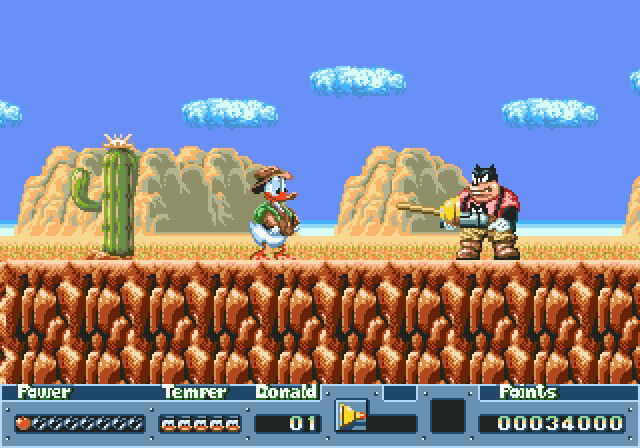
The context of the golden age
The "golden age" of Disney games is generally considered to be between 1989 and 1995, a period when the NES, Master System, Mega Drive, and Super Nintendo dominated the market. 2D was at its peak, and development teams explored every pixel, every note of music, and every gameplay detail to create something memorable.
The initial target audience were children and families, but the careful production process made many adults fall in love with the games as well. After all, these weren't just "kids' games": they were challenging, creative, and visually stunning.
Another important point is that Disney was experiencing a renaissance in cinemas during this time. Films like The Little Mermaid (1989), Beauty and the Beast (1991), Aladdin (1992) and The Lion King (1994) formed the so-called “Disney Renaissance,” and video games rode this wave of popularity. This created a perfect synergy: the film enchanted in the theater, and the game allowed the fan to relive the adventure at home.
The best games of the golden age
Unfortunately, it's impossible to list every game that left their mark on us, but we can remember a few. Below, I've selected some of the main titles that marked this magical period, exploring not only what they were, but also what made them so special.
DuckTales (NES, 1989 – Capcom)
Inspired by the animated series DuckTales: The Adventure Hunters, this game puts Uncle Scrooge on a global journey to find treasure. The game's highlight was the mechanic of using the cane as a weapon and as a "pogo stick" to jump over enemies and traverse obstacles.
Capcom managed to transform a simple concept into something addictive. The levels were non-linear, allowing you to choose the order in which you explored them. The soundtrack, especially the moon level theme, became legendary and is still considered one of the best 8-bit pieces of music.
Fun fact: The game was so well-made that even those who’d never seen the cartoon fell in love with the character.
Chip 'n Dale: Rescue Rangers (NES, 1990 – Capcom)
Based on the Chip 'n Dale and the Law Enforcers series, this title stood out for its two-player co-op mode, a rare feature in platform games at the time. Each level featured boxes and objects that could be thrown at enemies, creating a fun and strategic dynamic.
The gameplay was accessible to newcomers, but required coordination in co-op mode. The graphics were colorful and faithful to the cartoon, reinforcing the feeling of being taking part in an episode.
Fun fact: Capcom developed an equally good sequel, Rescue Rangers 2, but it was released late in the NES's lifespan, becoming a collector's item.
Castle of Illusion Starring Mickey Mouse (Mega Drive, 1990 – Sega)
This game was a turning point for Disney on 16-bit consoles. Castle of Illusion had graphics so beautiful they looked like hand-drawn animations. The controls were precise, Mickey's movements were smooth, and the levels were creative, ranging from enchanted forests to magical castles.
Beyond the aesthetics, the game stood out for its fairy tale atmosphere, something that appealed to players of all ages. It was so successful that it spawned sequels and remakes decades later.
Fun fact: Castle of Illusion was one of the titles that helped the Mega Drive establish itself against the NES, showing buyers that Sega could compete in artistic quality.
QuackShot Starring Donald Duck (Mega Drive, 1991 – Sega)
Mixing Indiana Jones-style exploration with Donald Duck's grumpy humor, QuackShot transported players to temples, pyramids, and castles. Instead of conventional weapons, Donald wielded a revolver that fired plungers, allowing for creative interactions with the scenario.
The gameplay focused on adventure and exploration over pure action, setting it apart from other titles of the time. The visuals were colorful and full of personality.
Fun fact: Levels could be revisited with new items, something reminiscent of Metroid concepts, unusual for Disney games.
Aladdin (Mega Drive, 1993 – Virgin Games)
One of the most iconic games of all time, the Mega Drive’s Aladdin impressed with its animation. The Virgin team had help from Disney's own animators to create sprites that resembled frames from the film. The levels varied between intense action, creative platforming, and moments that recreated iconic scenes from the animated film.
Sword combat and acrobatic mechanics gave the game rhythm, while the soundtrack perfectly adapted the film's music.
Fun fact: Capcom's Super Nintendo version of Aladdin was completely different, without the sword and with a greater focus on platforming. To this day, fans debate which is the best one.
The Lion King (Mega Drive/SNES, 1994 – Virgin Games)
Based on the thunderous success of the movie The Lion King, this game became known as much for its graphics and music as for its difficulty. Controlling Simba as a cub and then as an adult, the player progressed through various stages, including moments directly inspired by the film.
Despite its visual beauty, The Lion King had notoriously difficult stages, such as "Can't Wait to be King," which required millimetrically pinpointed jumps and incredible precision.
Fun fact: The developers admitted they intentionally increased the difficulty so players wouldn't finish the entire game in a single sitting.
Goof Troop (SNES, 1993 – Capcom)
Starring Goofy and his son Max, Goof Troop was a mix of action and puzzles. Each level required thinking to move blocks, defeat enemies, and find items. The co-op mode was the highlight, making it one of the most fun SNES games to play with a friend.
Fun fact: The game was directed by Shinji Mikami, who would later create the Resident Evil franchise.
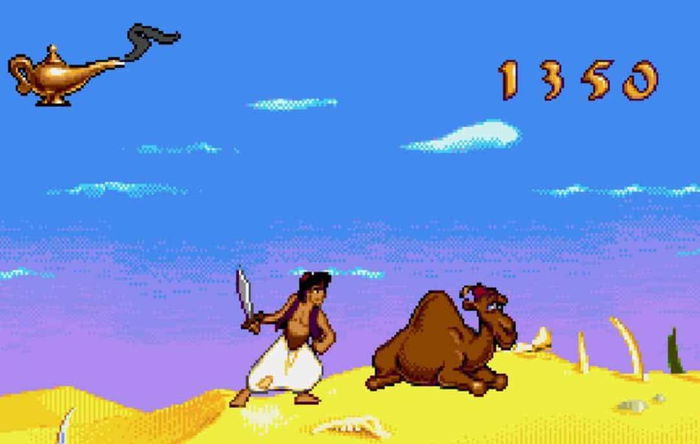
What made this era so special
There were several elements that made Disney games in the 8- and 16-bit era so memorable:
Faithfulness to the source material: Even with technical limitations, the games captured the essence of the movies and series, from the colors to the music.
Partnerships with cutting-edge developers: Capcom, Sega, and Virgin knew how to work with the hardware and create fluid experiences.
Charismatic characters: Mickey, Donald, Goofy, Uncle Scrooge, and others already had enormous appeal.
Unforgettable soundtracks: The adapted or original music was of the highest quality.
Well-balanced challenges: Accessible for children, but still challenging for adults.
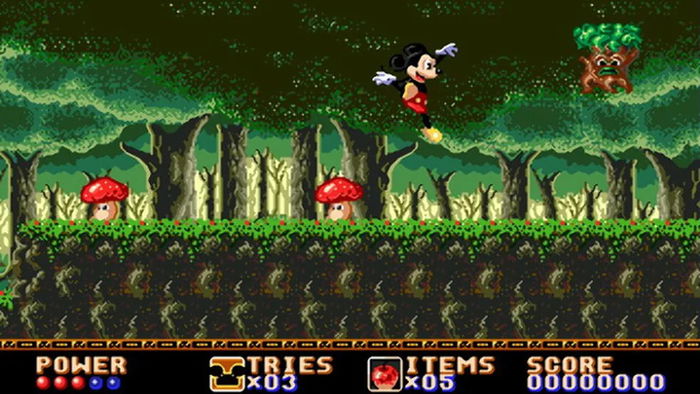
The End of the Golden Age
The transition to 3D in the late 90s changed the landscape. Many Disney games in this new format lost the magic of 2D productions. Despite some successes, such as Hercules for PlayStation, the impact was never the same.
Today, these classics are still alive in the memories of players and are constantly revisited in collections, remakes, and digital re-releases. They represent a unique moment in video game history, when a cartridge of just a few megabits could transport players right into a fairy tale.










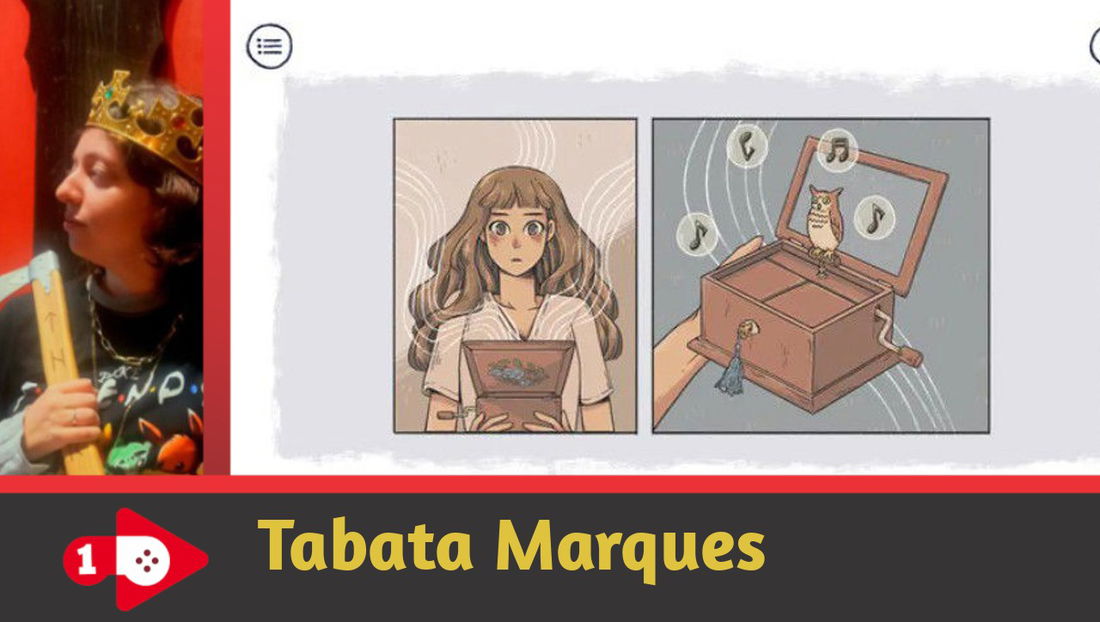



— Comments 0
, Reactions 1
Be the first to comment